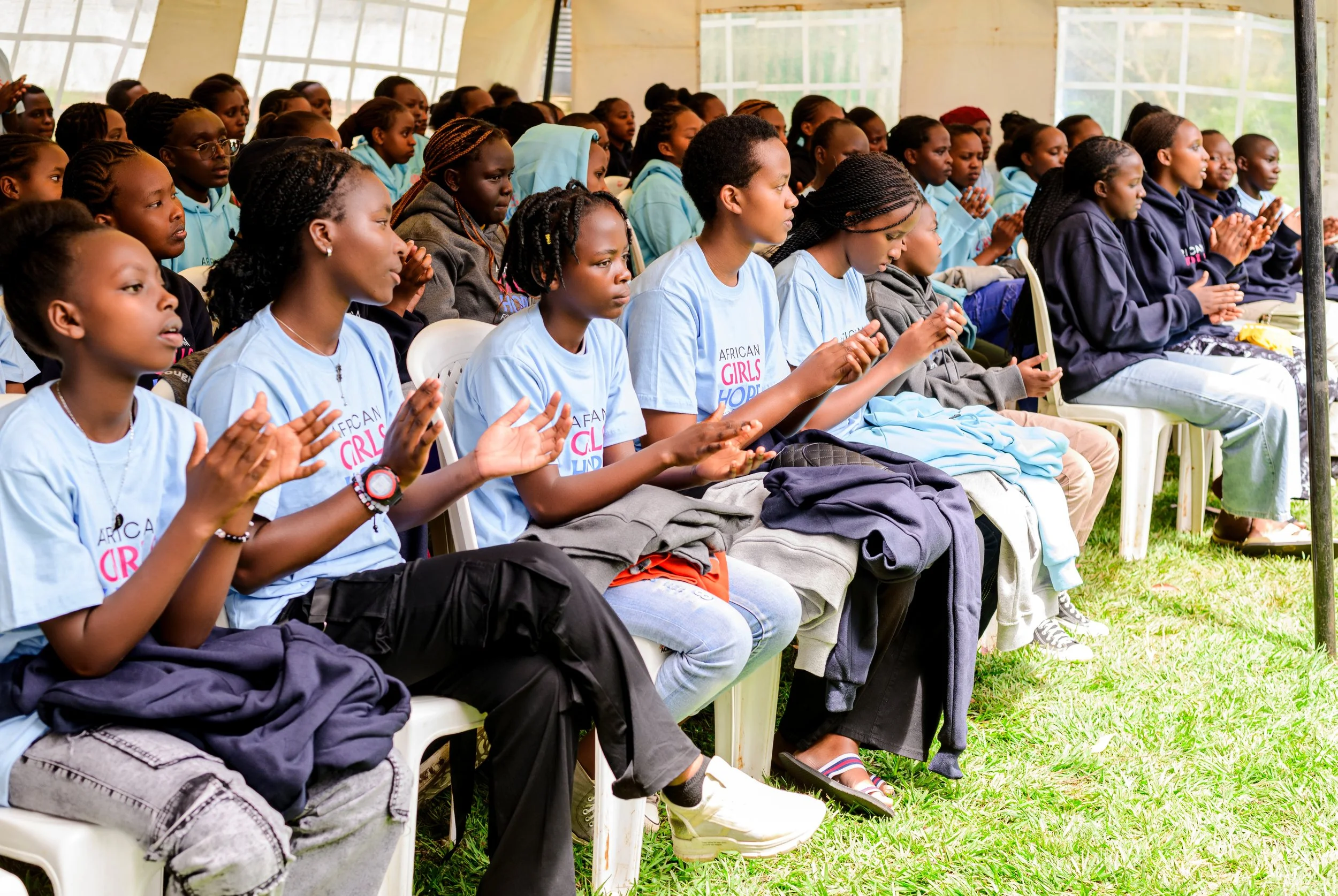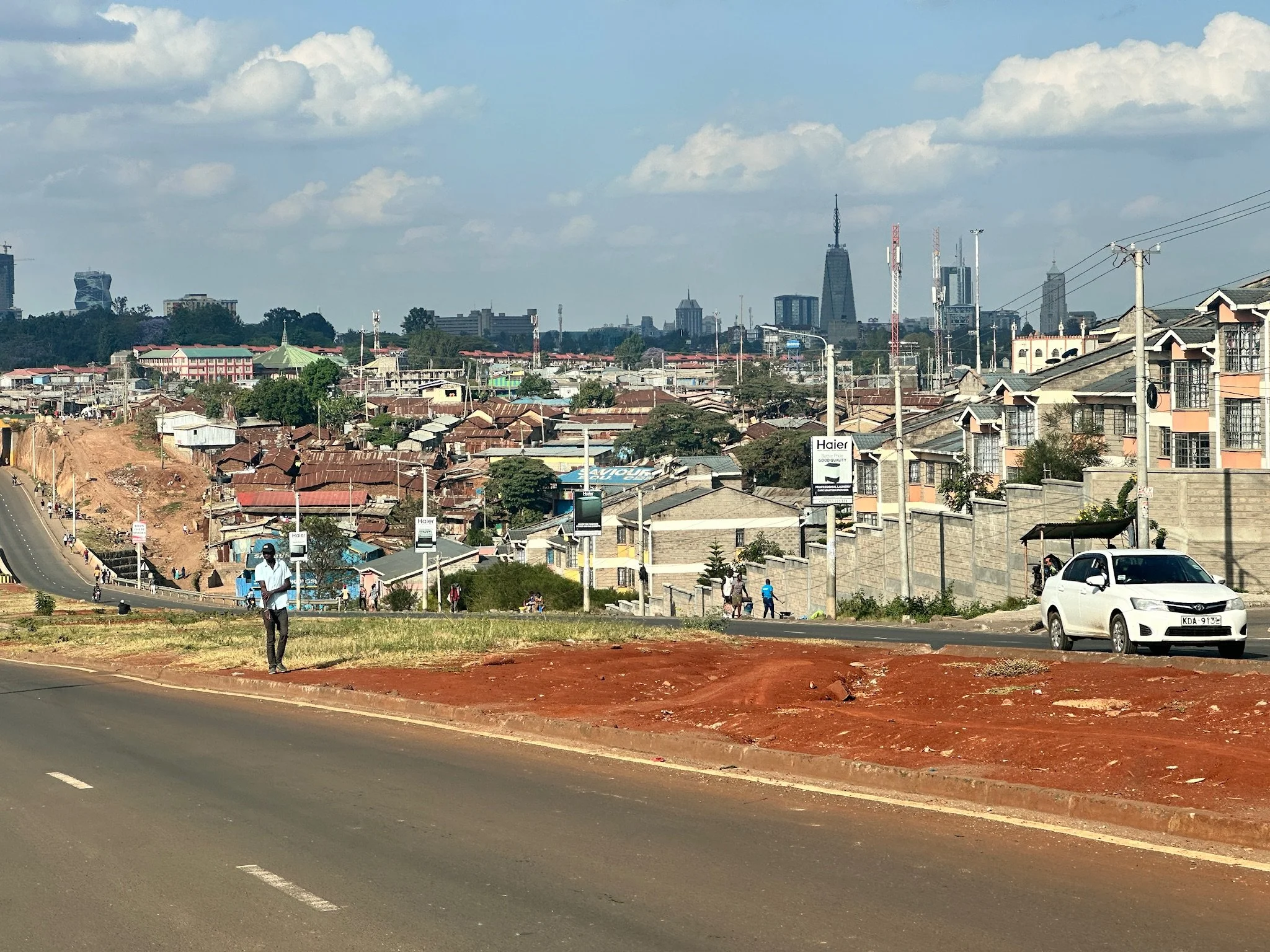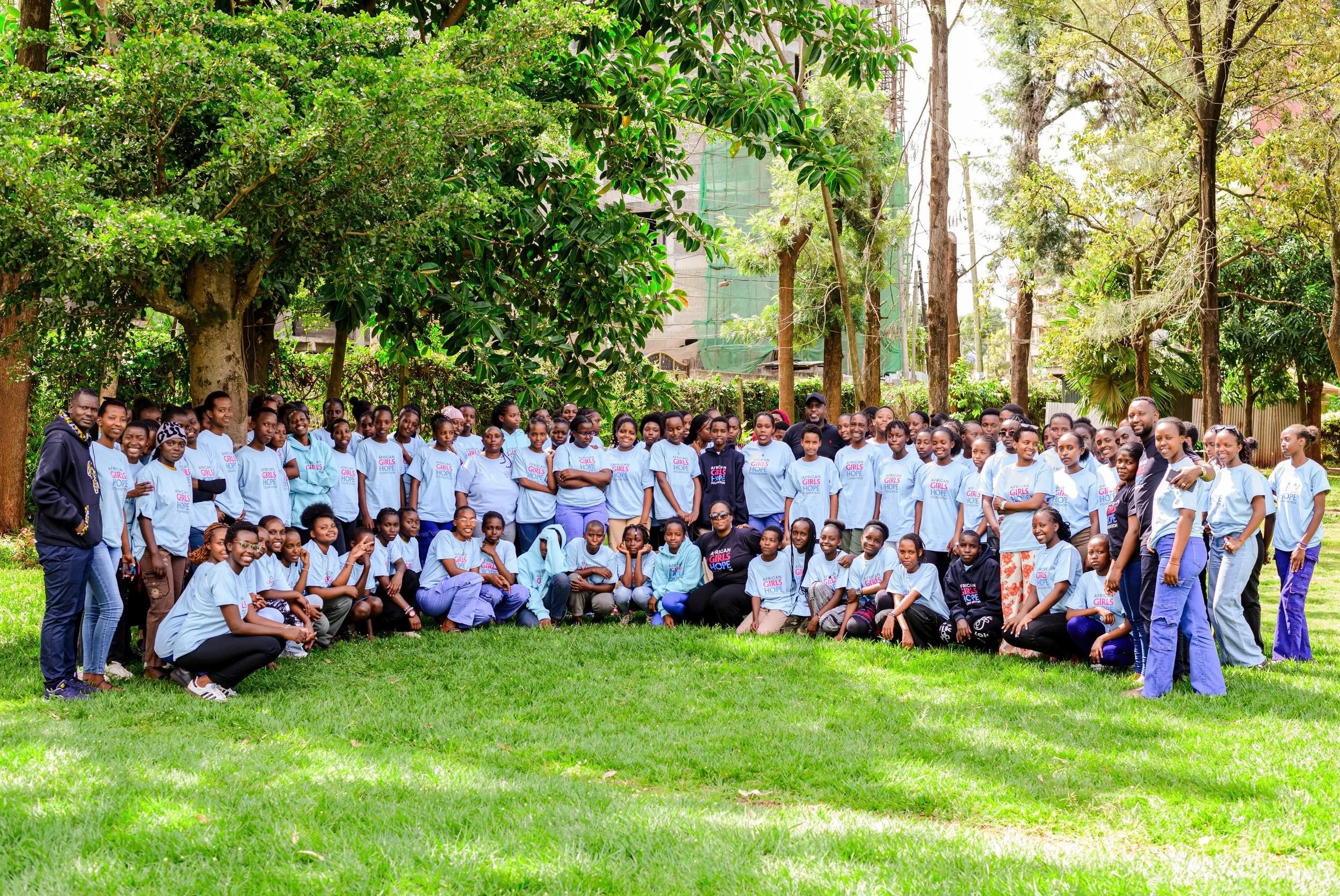Barriers Girls Face - Accessing Education in Africa
Author: Kate Switzer
What’s Stopping Girls in Africa from Attending School?
Girls attending an after school event sponsored by AGHF mentors, staff and volunteers
For many of us, going to school is something we take for granted. We wake up, pack our bags, and head to class without questioning whether we’ll be able to return the next day.
▶ But for millions of girls in Africa, education isn’t guaranteed—it’s a daily struggle.
Despite progress over the years, economic hardship, cultural expectations, and safety concerns still prevent many girls from getting the education they deserve. Understanding these challenges is the first step toward breaking the cycle and ensuring that every girl has the chance to learn, grow, and create a better future.
1- Economic Barriers
For families struggling to make ends meet, education often takes a backseat to survival. School fees, uniforms, textbooks, and supplies can be too expensive, and when sacrifices have to be made, boys' education is often prioritized over girls'. Even when tuition is free, hidden costs—like transportation and exam fees—can be just as limiting.
For some girls, the challenge isn’t just affording school; it’s being expected to contribute to the household. Whether working on farms, selling goods, or taking care of siblings, their time is spent ensuring the family survives rather than sitting in a classroom.
2- Cultural and Social Norms
In many communities, a girl’s future is decided before she even has a chance to dream.
Deep-rooted traditions dictate that her role is to marry young, have children, and care for the home. Child marriage, still common in parts of Africa, not only strips girls of their education but exposes them to health risks and limits their future opportunities.
There’s also an ingrained belief in some areas that educating girls is unnecessary—“Why invest in her schooling when she’ll just get married?” But education does more than teach reading and math; it empowers girls to make choices, become financially independent, and break cycles of poverty.
3- Safety Concerns and Long Distances to School
For some girls, getting to school is a daily risk.
Many walk miles along unsafe roads, vulnerable to harassment and gender-based violence. In conflict-ridden regions, attending school can be downright dangerous. Fear alone is enough to keep many girls at home.
Even within schools, safety isn’t guaranteed. A lack of female teachers and proper oversight can lead to unsafe environments, where girls are at risk of harassment and exploitation. Without strong policies to protect them, many choose to stay away.
4- Lack of Sanitary Facilities and Menstrual Stigma
Something as natural as a period shouldn’t stop a girl’s education—but for many, it does. Schools without proper sanitation make it difficult for girls to manage their menstrual health with dignity. Without private bathrooms, clean water, or access to sanitary pads, many opt to stay home. Missing school for a few days each month adds up, and before long, the academic gap feels too wide to bridge.
Beyond the physical barriers, there’s stigma. In some communities, periods are surrounded by shame and misinformation, making girls feel embarrassed or even "unclean." When menstruation is treated as a taboo topic rather than a normal part of life, it becomes yet another reason for girls to drop out.
How do These Challenges Compare Globally?
Barriers to girls’ education exist everywhere, but they’re more severe in Africa due to widespread poverty, conflict, and traditional gender roles.
In developed nations, financial barriers are often reduced by free education and scholarship programs. Even in other developing regions, progress has been made through legal reforms and gender equality initiatives.
That said, the fight isn’t over. Child marriage, gender-based violence, and economic struggles still limit girls' education worldwide. The challenge is global, and so is the responsibility to fix it.
AGHF - Breaking the Barriers
These challenges are daunting, but they’re not unbeatable.
Every girl deserves the chance to learn, and organizations like African Girls Hope Foundation are working to make that happen. Through scholarships, advocacy, and local mentors, they’re helping girls stay in school and build a future of their own choosing.
Girls on AGHF scholarships
Change starts with awareness, but it doesn’t end there. By investing in education, shifting cultural attitudes, and ensuring schools are safe and accessible, we can transform the future for millions of girls.
“Because education is not a privilege—it’s a basic human right. And no girl should have to fight for what should already be hers.”
Thank you to all who stand with us and support refugee and orphan girls in Africa!
Every dollar helps a girl not only get into school - but stay until she graduates!
AGHF - Denis, Maureen, Tim, Bishop Simon, Dr. Grace








